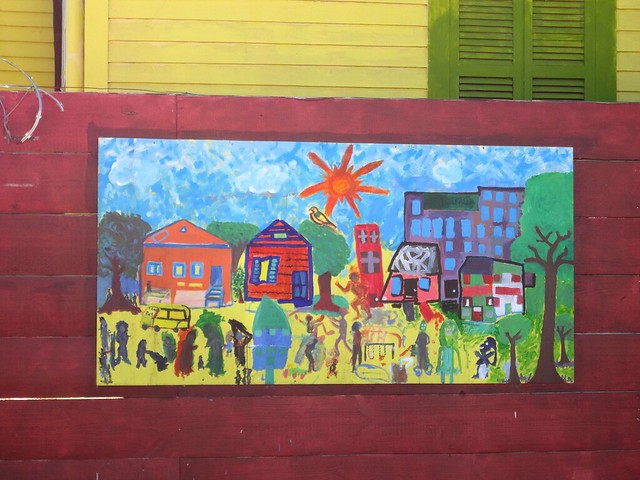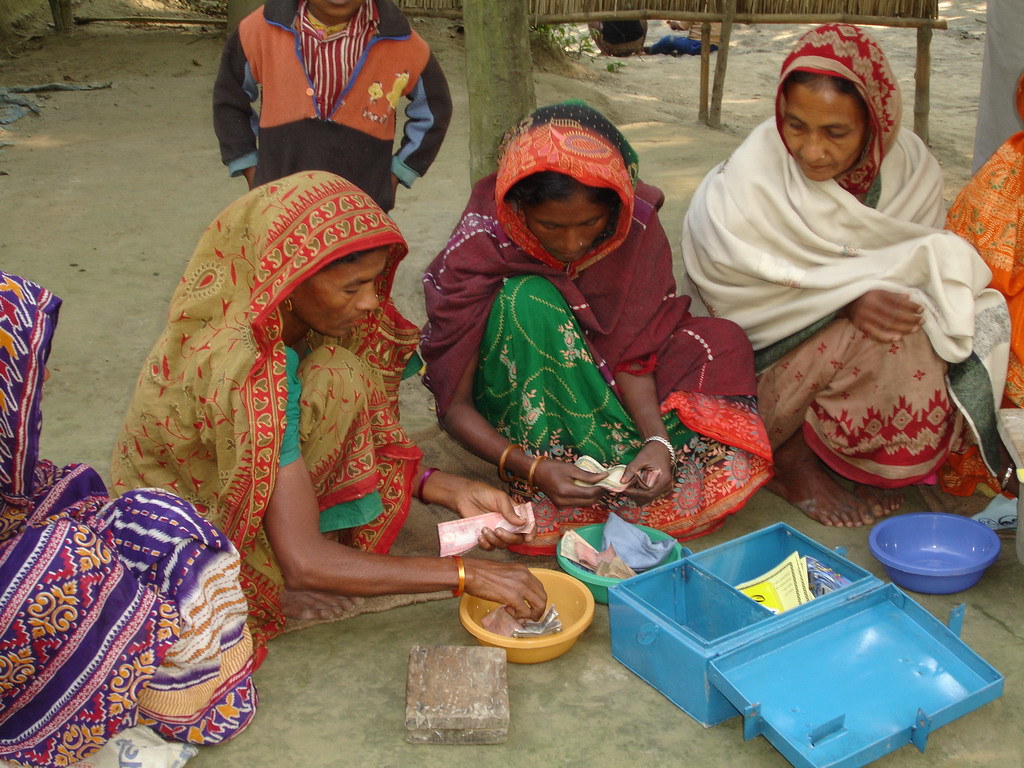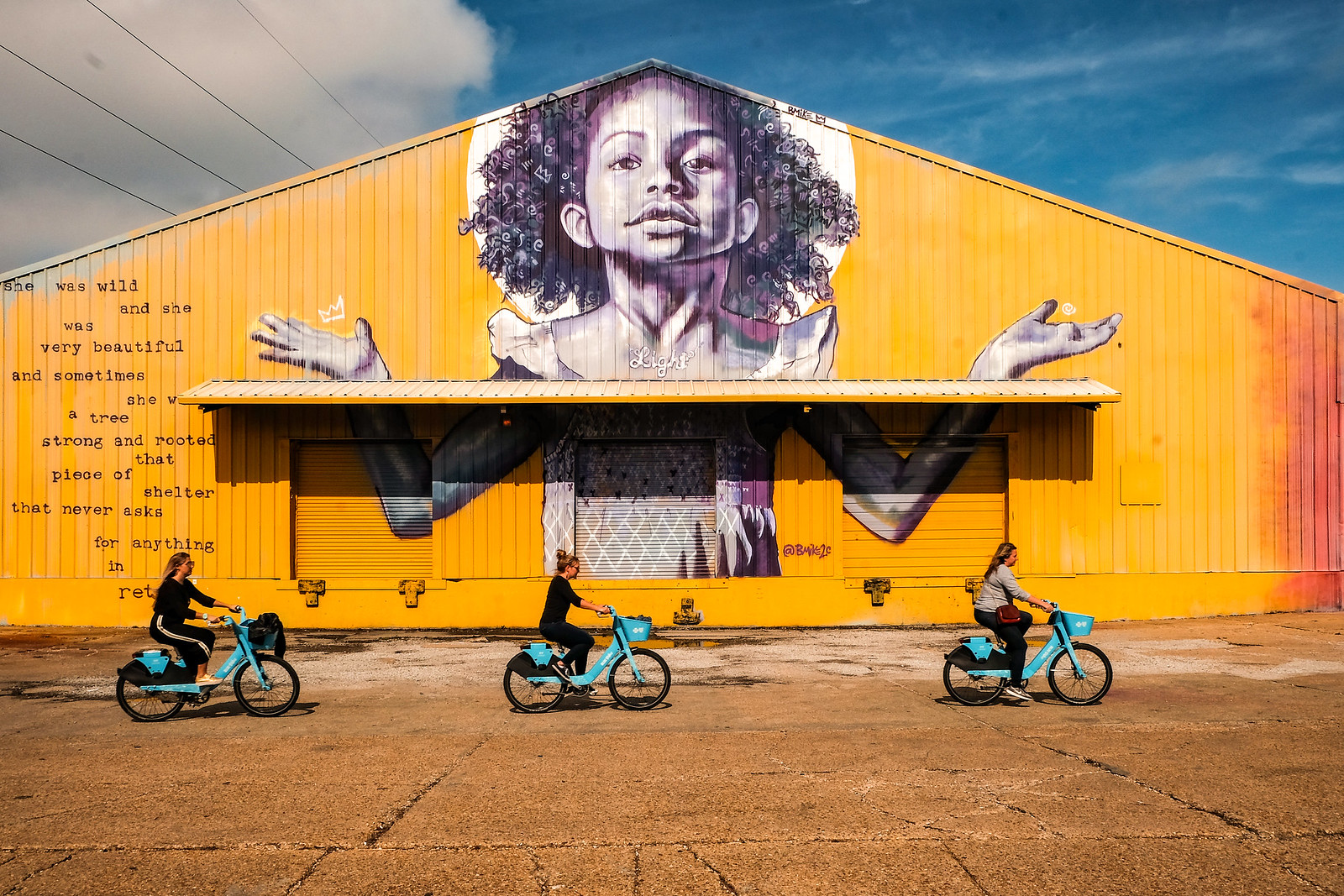PART ONE: The problem and why it’s a problem
The word slum has long since been used to describe poorly built, densely populated neighborhoods that are most notably characterized by their low-income residents. This term points out the flaws of these underdeveloped areas and brings attention to the need for change. However, when used, the word fails to recognize the importance of low-income housing and implies that renovation and improvement are needed. Oftentimes, this leads to heightened rent prices and property values, leaving those who once lived there homeless and driven out of the city.
In the United States, this issue disproportionately affects people of color due to the “long history of racial segregation in the United States.” People of color have long since been disadvantaged compared to other groups over time, and although national poverty rates are lowering each year, people of color continue to be “over-represented in the population of the impoverished relative to their representation in the overall population.” According to the National Equity Atlas, 16 percent of people of color lived in high-poverty neighborhoods compared to just 4 percent of the white population. Additionally, a low-income African American person is three times more likely than a white person to live in a neighborhood with a poverty rate of 40 percent or higher. These statistics show that racial segregation and racialized concentrated poverty still exist today. With that being said, if low-income neighborhoods are destroyed, then people of color will be disproportionately forced to relocate and left without housing options.
New Orleans’ residents have faced this issue since Hurricane Katrina. Following the storm in 2005, one third of the city’s population was displaced due to the devastation to the infrastructure. Nearly 800,000 individuals were forced to relocate, and, “damage was found to have been greater in low-income neighborhoods”. The storm’s effects “fell disproportionately on African-Americans, renters and the unemployed”. Rebuilding New Orleans has been a slow process, especially in low-income neighborhoods, but it must be done correctly and with thoughtfulness in order to benefit those directly affected by the storm.
The Lower Ninth Ward was heavily impacted by gentrification from post-Katrina renovation. This area was arguably the most impacted by the storm, with only 3,000 residents in 2010, five years after the storm, compared to 14,008 residents in 2000, pre-Katrina. This hurricane left New Orleans in a vulnerable state, “displacing tens of thousands, shaking a deeply rooted culture to its core, and freeing up cheap real estate for new residents and developers”. Developers are building luxury condos and nice homes instead of rebuilding the neighborhood back to what it was before. These developments can be viewed as positive for neighborhoods, especially after storm devastation; however, the Lower Ninth Ward is not being rebuilt for its original residents, rather for an entirely different population.

7th Ward New Orleans Illustration
Others factor contributed to gentrification in the Lower Ninth Ward following the storm, including projects like the Make It Right Foundation. Brad Pitt started the foundation after visiting New Orleans two years after the storm. He brought in “21 of the world’s most famous architects, as well as homeowners and community organizers in the Ward, and launched a project to build houses that were affordable, environmentally friendly, and aesthetically pleasing”. Attention from the construction of these modular, modernized shot gun style homes brought in other developers and architects, such as Frank Gehry, hoping to make private investments on land available Post-Katrina. The residents who could not afford to rebuild after the storm will not have a chance to ever move back since these developments are typically nicer, more expensive homes. This form of “hero architecture”, where people come in after a natural disaster to try and better or fix a neighborhood, can be extremely damaging to the character of the neighborhood and economic fabric of its residents.
PART TWO: Data-driven solution
The solution to the gentrification of low-income areas is to create neighborhood associations that aid in collectively bettering themselves from within and fostering a sense of community. VSLAS, a Village Saving and Loan Association, is a “group of people who meet regularly to save together and take small loans from those savings.” The “activities of the group run in cycles of one year, after which the accumulated savings and the loan profits are distributed back to the members.” VLS Associates has implemented these programs in 42 countries throughout Asia, Latin America, and Africa. The association aims to provide simple savings and loan facilities to their communities, which do not have easy access to formal financial services. As a result, the community benefits as a collective. The group experiences economic gains together, and no one is left behind.

VSLAS Group Box
The groups are structured, with each holding annual elections for a management committee consisting of five members. Management committees “protect the group from being dominated by a single individual.” Additionally, the group contains 10-25 self-selected individuals who meet weekly and discuss the purchase of shares. The cost of each share is decided annually, and every member must buy one to five shares during each meeting. Members can save whatever amount they feel comfortable with each month and then deposit it into a loan fund, “from which members can borrow in small amounts, up to three times the value of their savings.” The groups have the ability to be flexible with payment plans as they are run by community members themselves. Some groups additionally implement a social fund, money set aside in case of personal emergencies within the cohort. This is especially important if the group ever faces famine, illness, or a natural disaster. At the end of the year, the money is redistributed to the members accordingly in proportion to their respective savings.
In order to make the creation of these groups accessible, VSL Associates makes all of their training materials free. Additionally, they provide training that covers the planning and management of income-generating activities. Lastly, they facilitate evaluation services to determine the impact and success of these groups.
This framework reflects how it is possible for a community to collectively rise up within itself if they don’t have access to proper financial services or want to remain independent from the binds of formal systems. It “emphasizes accountable governance, standard procedures and simple accounting that everyone can understand and trust” making investing accessible to all. This system gives importance to low-income housing neighborhoods that is not usually present due to words like “slum” that serve to define them as something negative or unworthy. VSLA also gives increased decision-making power to women and gives them a powerful voice within the community because these groups strongly amplify the voice of every community member that wants to participate.
The biggest limitation to this solution is that not everyone may be in a position to contribute monthly to this fund, making them eligible for the benefits of these loans and insurance. There is also the daunting task of going through the training and teaching the members of the community. It appears to be a time-consuming process and, if people are already working long hours to support their family, they may not have time to partake in a group like this.
Today, “VSLA members number almost 8.4 million across Africa and other continents”. Additionally, “in 54 countries, people are managing more than $2.34 billion per year” through these groups. They are “turning financial independence into better lives: for themselves, their families, and their communities.” The VSLAs have additionally created opportunities for women to have access to loans, financial literacy, and business management skills, which have allowed them to develop their individual businesses further to be independent.
Christine, who had recently joined a Build Africa Village Savings and Loans Association, reflected on her time with the program and said, “before, life was quite difficult. My business did not meet the basic needs for my family. I had to do tough manual labor in the community to support my earnings”. She continues, “VSLA has greatly helped me to expand my struggling fish business to selling vegetables too. I have been able to save and begin constructing a commercial house to trade from. My dream is to finish the house so that I am able to conduct business and rent out the other rooms.” This success story is similar to many other stemming from groups like this one. It is refreshing to see communities coming together to build each other up.
PART THREE: Connect the solution to the New Orleans issue
A similar framework of neighborhood associations could be implemented to lessen the impact big developers have on New Orleans’ low-income neighborhoods and free them of the label of “slums”. These would be more large-scale than the VSLA programs and would bring together communities that are often looked down upon as under-developed and low-income. These groups would hopefully boost the economy from within the neighborhood by collecting residents’ savings through shares that could be used to fund small businesses within the area. Expanding and replacing large developers and private investments would become these businesses’ goals. The businesses would directly uplift the community and lead to a collective increase in property values that the community would, in turn, be able to afford due to the increase in revenue coming into each home. Those not starting new businesses would benefit from the investment in shares of these businesses, seeing a slow but steady profit. These savings funds could also be used when the entire community is hurting, especially in the case of a natural disaster.

New Orleans Mural
Starting and organizing these cohorts would undoubtedly take some dedication and meticulous planning. This could be a hang-up due to people simply not seeing the need to take action. Additionally, being among the first few to join one of these groups may cause some hesitation because it is a fairly unchartered idea in the United States. The group could not allocate money towards the “public built environment”, such as the pavement, street signs, and street conditions, as the City of New Orleans is responsible for it.
VSLA could be a potential solution because the community would slowly build themselves up together instead of seeking outside help to improve the neighborhood. Even if the property values will inevitably increase, the hope is that the incomes of individual property owners will increase as well.
This piece was edited by Anna Blavatnik as part of Professor Kelley Crawford’s Digital Civic Engagement course at Tulane University.
Works Cited
Holm, Eric Joseph. “Sage Journals: Your Gateway to World-Class Research Journals.” Gentrification in the Wake of a Hurricane: New Orleans after Katrina, https://journals.sagepub.com/.
Bureau, U.S. Census. “Inequalities Persist despite Decline in Poverty for All Major Race and Hispanic Origin Groups.” Census.gov, 9 Dec. 2021, https://www.census.gov/library/stories/2020/09/poverty-rates-for-blacks-and-hispanics-reached-historic-lows-in-2019.html.
“Neighborhood Poverty: National Equity Atlas.” Neighborhood Poverty | National Equity Atlas, https://nationalequityatlas.org/indicators/Neighborhood_poverty#/.
“Home.” VSLA, https://www.vsla.net/.
Rotenstein, David. “Historic Preservation Shines a Light on a Dark Past.” National Council on Public History, https://ncph.org/history-at-work/historic-preservation-shines-a-light/.
“Growing from Strength to Strength – A VSLA Success Story.” Build Africa, 8 Nov. 2018, https://www.build-africa.org/what-we-do/blog/growing-strength-strength-vsla-success-story.
 NOLAbeings
Multimedia artist Claire Bangser created NOLAbeings as a portrait-based story project that marries...
NOLAbeings
Multimedia artist Claire Bangser created NOLAbeings as a portrait-based story project that marries...
 Data corner: Adobe Suite (create a PDF, social media graphic, presentation, edit a photo and video
Data corner is where you go to work with analytics and top tech skills. It takes on everything from PERL and SQL to Canva and Sprout Social.
Data corner: Adobe Suite (create a PDF, social media graphic, presentation, edit a photo and video
Data corner is where you go to work with analytics and top tech skills. It takes on everything from PERL and SQL to Canva and Sprout Social.
